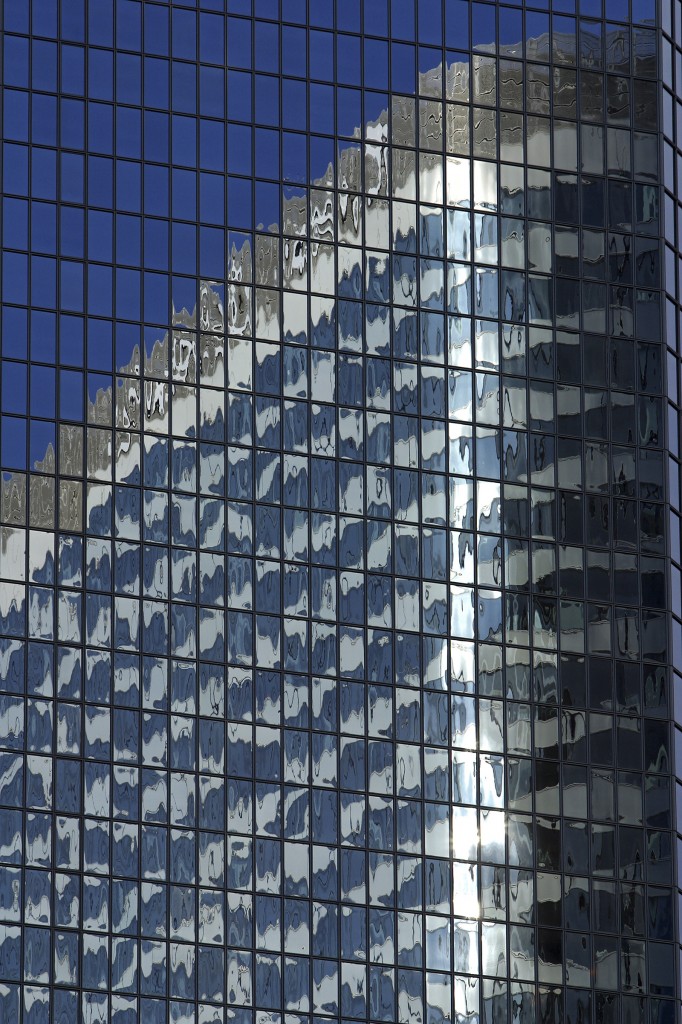News
Reduce cladding costs and risks through wind tunnel testing

Most modern buildings are designed and constructed as a core skeleton to which an exterior envelope is attached. The standard document referenced by most building codes in the United States is Minimum Design Loads for Buildings and Other Structures, more commonly known as ASCE/SEI 7-10. Following the nomenclature of ASCE/SEI 7-10, the internal skeleton is commonly called the Main Wind Force Resisting System (MWFRS) in civil engineering circles, while the external envelope is referred to as Components and Cladding (C&C).
Building codes based on ASCE/SEI 7-10 offer designers several options to ensure that structures are safely built to meet expected wind loads. In decreasing order of conservatism, these methods can be classified as (1) tabular, (2) analytical, and (3) experimental.
Tabular methods involve selecting estimates from tables of pre-calculated figures and are inherently generic, offering ease of use in exchange for conservative load estimates. Analytic methods introduce additional complexity to account for differences in approach winds from different directions, upwind terrain features, and other considerations. Experimental approaches rely on wind tunnel testing to directly measure forces and pressures on a high-fidelity scale model of the building in question. Sophisticated scaling techniques are then applied to convert the measurements into full-scale wind loads.
Aren’t the building code’s calculations good enough?
The answer to this seemingly simple question is, unfortunately, “It depends.” You can almost always use the building code for buildings that have reasonably regular shapes (think shoe boxes), and your design is likely to pass the local permitting board. For boxy warehouses in the middle of the Great Plains without significant terrain or nearby structures, the pencil-and-paper calculations may very well be sufficient from a wind-loading perspective. But sufficient isn’t necessarily cost effective.
Depending on the building design and materials chosen, cladding can represent 20% or more of a building’s shell-and-core construction costs. With percentages this high, even small changes in design wind loads can significantly affect the total cost of construction.
A conservative example
Let’s say you’re designing a relatively straightforward 15-story building that’s 36 meters (118 feet) long, 25 meters (82 feet) wide, and 53 meters (~174 feet) tall. The total area of the external envelope is about 6466 m² (roughly 69,600 ft²), excluding the roof. With approximate cladding costs of $750 per square meter, the code’s hand calculations would lead to cladding costs of about USD 4.9 million. Reducing cladding expense by even two percent could save USD 97,000. And that’s not even considering the internal main wind force resisting system (MWFRS).
Each project is unique, of course, and no one can (or should) predict the results of wind tunnel testing. However, the investment in a typical cladding study is usually a fraction of the costs of the materials saved when design wind loads are lowered, or than the costs of cladding repair/replacement, the potential legal fees, and the damage to reputation in the uncommon cases when loads are found to be higher. Generally speaking, the larger or more complex the building, the greater the savings.
In fact, the wind tunnel method is so effective that building codes require it for structures of unusual shape and size like Sydney’s One Central Park, named the best tall building of 2014 by the Council on Tall Buildings and Urban Habitat.
You may be paying far more for material costs than you need to. Please contact CPP today to discuss your next project with one of our experienced wind engineers and learn how our state-of-the-art wind load studies can benefit your bottom line.
